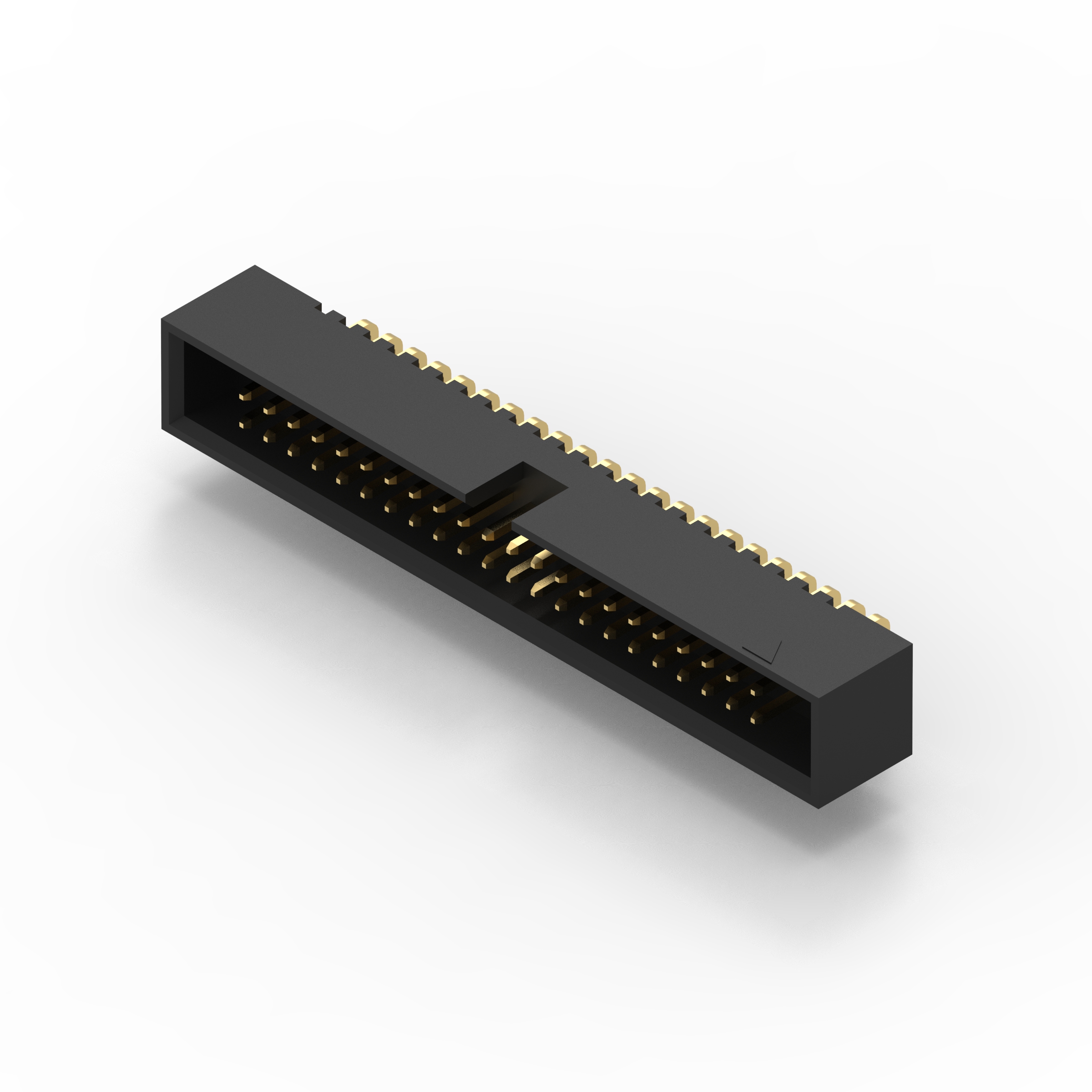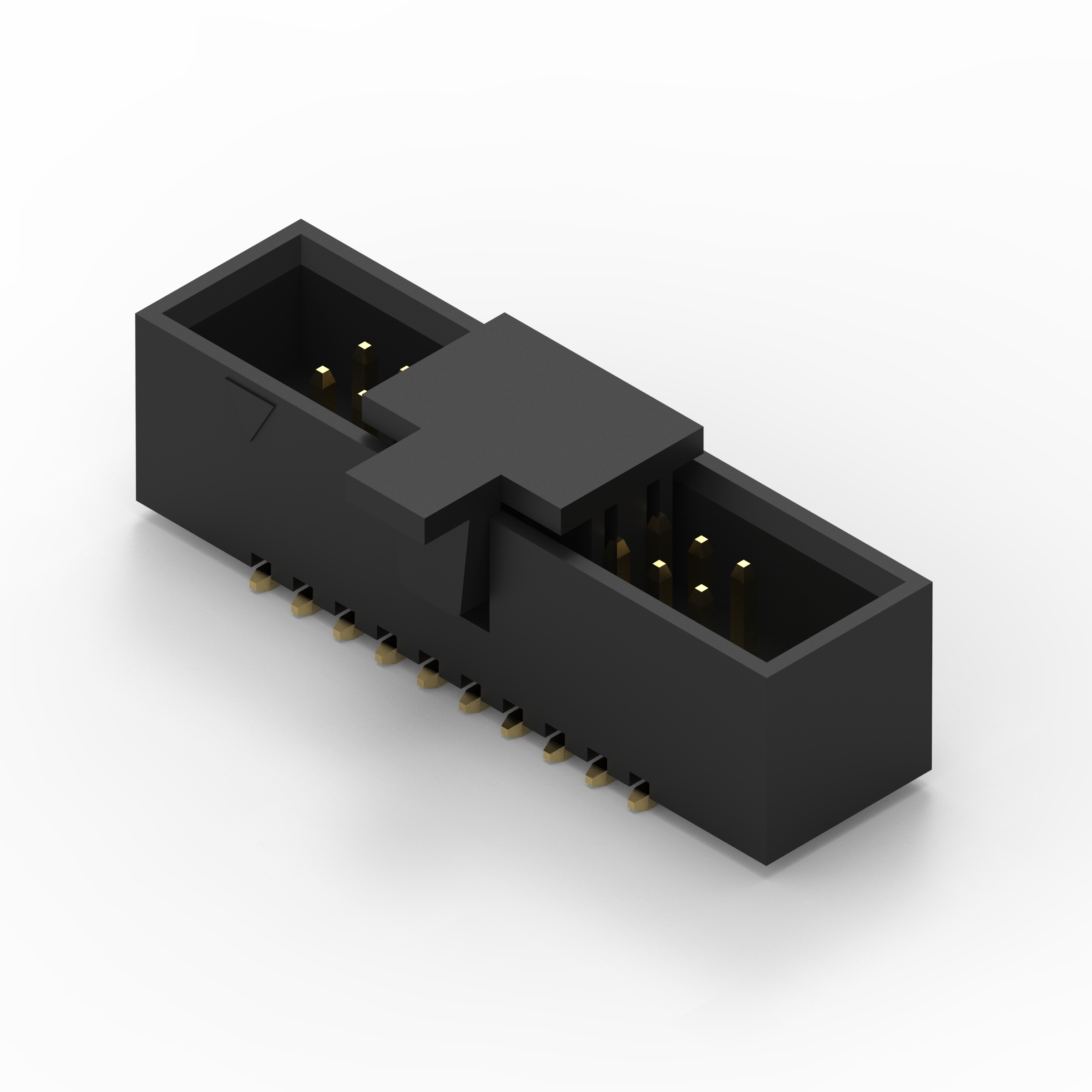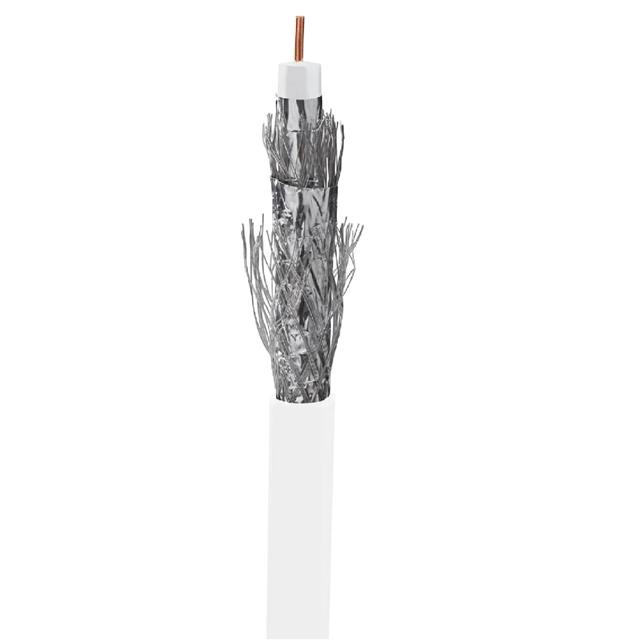Quantity
Price
Total price
3000
$0.3360
$1,008.0000
| TYPE | DESCRIPTION |
| Mfr | STMicroelectronics |
| Series | - |
| Package | Bulk |
| Product Status | ACTIVE |
| Package / Case | 5-TSSOP, SC-70-5, SOT-353 |
| Output Type | Single Ended, Rail-to-Rail |
| Mounting Type | Surface Mount |
| Amplifier Type | Standard |
| Operating Temperature | -40°C ~ 125°C |
| Current - Supply | 75µA |
| Slew Rate | 0.4V/µs |
| Gain Bandwidth Product | 1 MHz |
| Current - Input Bias | 1 pA |
| Voltage - Input Offset | 750 µV |
| Supplier Device Package | SC-70-5 |
| Number of Circuits | 1 |
| Current - Output / Channel | 30 mA |
| Voltage - Supply Span (Min) | 1.8 V |
| Voltage - Supply Span (Max) | 5.5 V |













